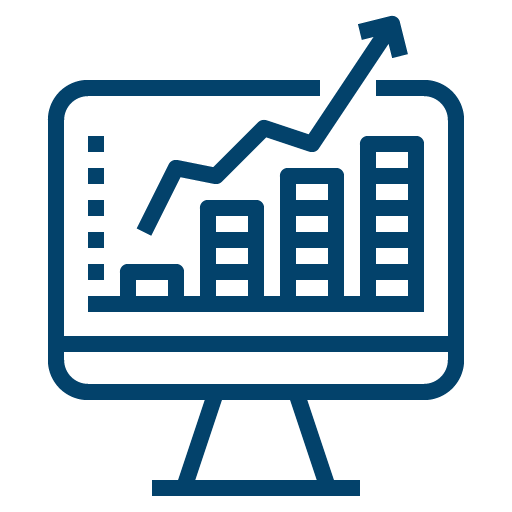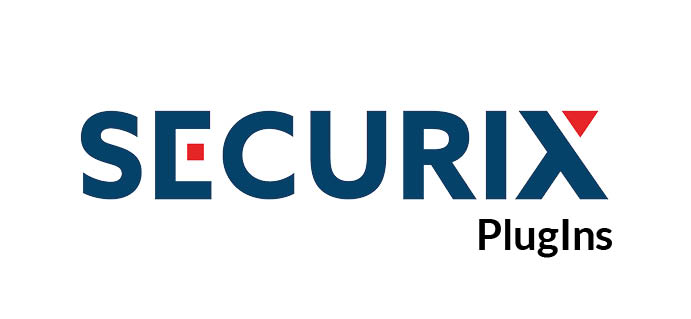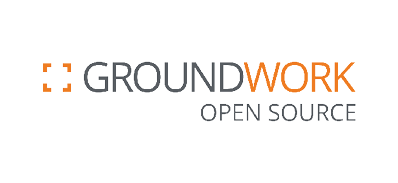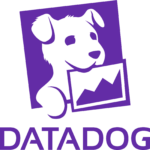Observability
With our Observability solutions you create a new monitoring approach for modern enterprise architectures.
We will successfully implement your project – we promise.
Observability
Observability is the ability to measure the internal states of a system by examining the output value of the system. If the current state can be evaluated purely on the basis of information from the output value (i.e. sensor data), then the system is considered to be observable.
The new buzzword that is on everyone’s lips right now is not so new at all, but was created decades ago in systems control theory (about the description and understanding of self-regulating systems). Now, however, it is increasingly being used to improve the performance of distributed IT systems. In this case, three types of telemetry data are used to achieve observability (metrics, logs, and tracking) to provide detailed insights into the distributed system and enable the team to determine the root cause of various problems and improve system performance.
Areas of application
We offer unique expertise and many years of project experience in all areas of observability & monitoring.
Log Management
Whether in IT security, in the operation of IT infrastructures or in software development, log data is an important building block for traceability everywhere. By using an Open Data Lake, all log data can be stored in a central location.
SLA Management
Service Level Management is used to define, monitor and optimize IT services. The main goal is to align IT services with the business requirements of the service recipients. Use the information from their monitoring and thus bring the data available there to a new level.
Service Monitoring
Monitor your infrastructure not only from physical devices but also from your virtual environment in the private and/or public cloud. With a unified monitoring solution you get a global view of the state of your IT infrastructure.
Metrics
From operating systems to applications, metrics are generated that contain at least a name, a timestamp and a field to represent a value. With so many resources ready to tell us about themselves, metrics are an obvious starting point for monitoring.
SIEM
Every day, cybercriminals look for the smallest security holes to steal sensitive data, inject malware or cripple the entire corporate network. The SIEM system promises to prevent this by detecting suspicious events and current attack trends.
Why Observability is Important?
The modern application environment is becoming increasingly complex. Virtualization, cloud computing and co. have become standard. Today, many applications are cloud-native and based on many individual microservices in a hybrid environment that overwhelm traditional monitoring solutions.
Developers, administrators, and analysts need to have overall visibility across systems into the functions and status of applications deployed on distributed systems.
Networked systems have a multitude of connections that have different meanings to the overall function of the application. It is important to pay close attention to all these interconnections. Observability provides appropriate solutions and enables comprehensive control of complex systems. In addition, observability can answer questions about specific behaviors or the causes of failures.

Our products
For the following products, in addition to the services, licenses and subscriptions can of course also be obtained from us. We advise you on the right choice and quantity so that you are not under- or over-licensed and do not choose the wrong license/subscription.

Nagios Plugins
As a developer we offer individual open source plugins. The developments are based on Perl, Shell, Java or PowerShell. With the SAP HANA plugin, the in-memory database can be reliably monitored.
3 Pillars of Observability
Observability was based data-wise on these three pillars:
Logging data
Contains information about events that have occurred. They are time-stamped and provide information about what happened at a particular point in time. Data can be provided in structured, text-based or different formats.
Metrics
Is the measured value of certain parameters at a defined time or within a certain time interval. They are structured and easy to collect, store and analyze. These indicators provide specific information about the status of the various components of the overall system.
Tracking & Tracing
Provides information about the entire chain of influence of the distributed system. They provide an end-to-end view of the requirements for the entire system. Tracking can be used to understand complex processes and identify vulnerabilities.
Advantages Observability
Observability offers the following advantages over monitoring:

Complex, distributed systems and applications can be better monitored.

A cross-system end-to-end view of the overall application and its performance is created.

Observability provides the possible causes of a particular behavior or problem.

Developers, administrators and analysts get a real-time overview of the systems and applications and are relieved.

Observability provides better overall stability and availability of the observed and monitored system.

There are fewer negative effects from the introduction of new functions or from the import of updates to individual systems.
Why SECURIX?
- Decades of experience
- Certified consultants and developers
- Close partnerships with various suppliers
- Wide range of standardized systems
- Everything from one source
- Stable processes
- Swiss Made
Important criteria for observability
Observability offers the following advantages over conventional monitoring:

If your observability tool is not compatible with the current stack, your observability work will fail. Make sure these tools support the frameworks and languages, container platforms, messaging platforms, and other critical software in your environment.

If your observability tools are difficult to learn or use, they will not be incorporated into the workflow and your observability plan will stagnate.

Your observability tools should provide relevant insights in real time via dashboards, reports, and queries so the team can understand the problem, its impact, and its solution.

Your tools should include machine learning models that automate data processing and management so you can more quickly identify and respond to anomalies and other security incidents.

Observability tools should present findings in easy-to-understand formats, such as dashboards, interactive summaries, and other visualizations that users can quickly grasp.

Be sure to evaluate your observability tool against metrics that are important to your business, such as deployment speed, system stability, and customer experience.
We will help you!
MEET OUR TEAM
We are always at your disposal. Why not give us a call without obligation and let’s focus on user experience and security together.





